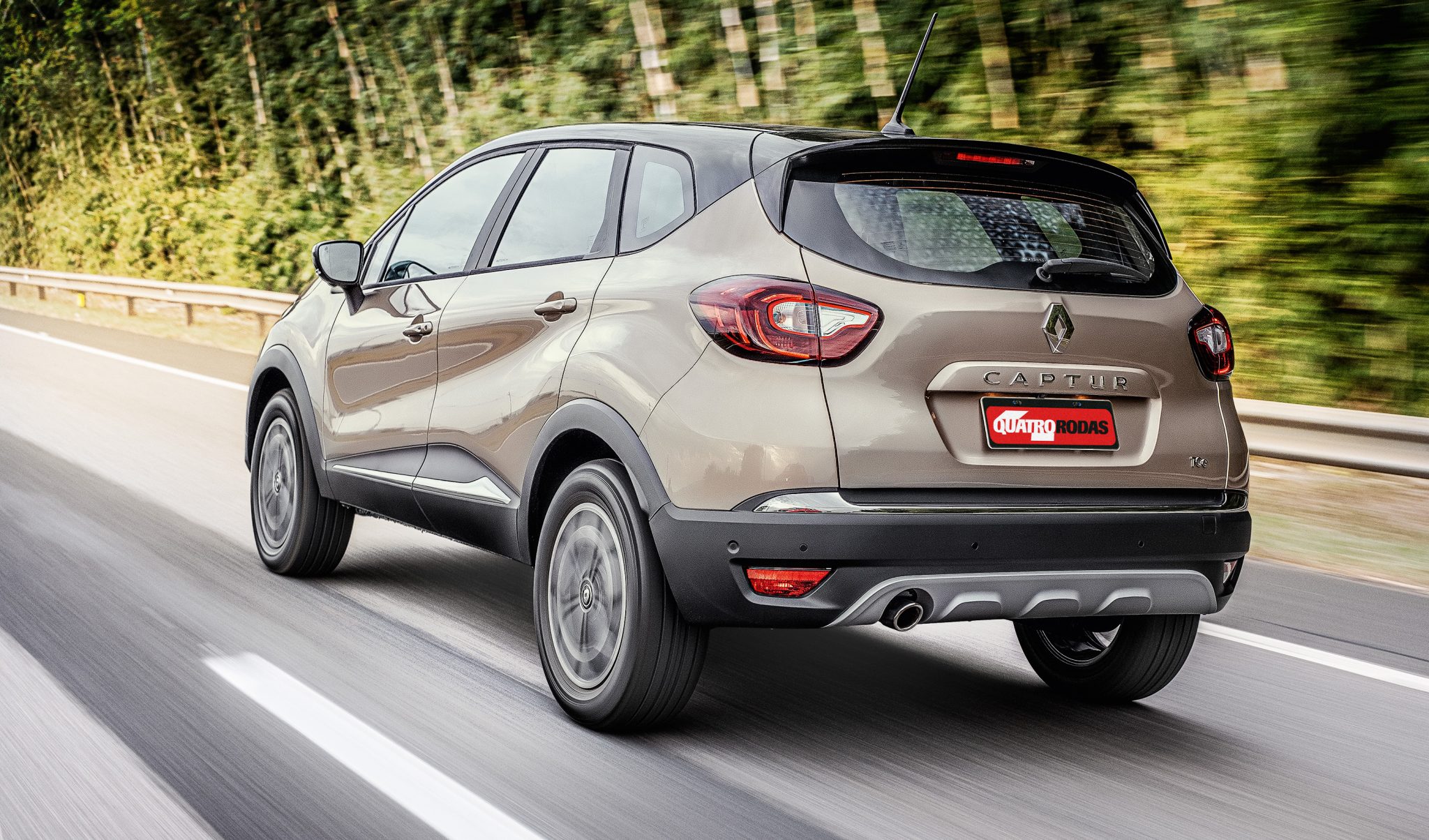
It was much more upmarket inside than before, despite its affordable price, and the driving experience had been greatly improved as well. The second-generation model came out in 2019 and was better in just about every way.
#RENAULT CAPTUR REVIEW 2022 UPDATE#
The update also brought LED lights and a different grille, plus some more equipment. It was initially available with 0.9 and 1.2-litre petrol engines and a 1.5-litre diesel, although as part of a 2017 facelift the 1.2 was dropped and a 1.3-litre model was added instead. The first Renault Captur arrived in 2013, using Renault Clio parts but with a raised-up body and a more practical interior. Many of the second-generation cars still have some time left on their factory warranty, which will give some peace of mind, but you’ll also be able to make a saving on the asking price. You could save quite a bit of cash on a used or nearly new Renault Captur. What about buying a used or nearly new Renault Captur? This will help it appeal to business drivers, but at just over £30,000, the plug-in hybrid is expensive to purchase outright. The new E-Tech hybrid offers diesel-like fuel efficiency, while the E-Tech plug-in hybrid (they’re two quite different options despite the same name) has a pure-electric range of around 30 miles, helping it achieve an official CO2 emissions rating of just 34-36g/km. Two-tone paintwork remains a trademark look, with 90 combinations possible to help your Captur stand out. It’s still curvy but also slightly more chiselled and LED lights are now standard, with a C-shaped design similar to the Renault Megane. In fact, the Captur has such a vast array of talents it won the Best Small Family Car award in the Carbuyer Best Car Awards in 20, only losing out to the newer Kia Niro in 2023.Ĭustomers loved the look of the first car, so the similarity of the latest Captur is unsurprising.

#RENAULT CAPTUR REVIEW 2022 DRIVERS#
There's even a plug-in hybrid E-Tech version to appeal to business drivers and those looking to shrink their carbon footprint it has few rivals at a similar size or price. Spacious rear seats and generous boot space help it win over families compared with the Renault Clio supermini on which it’s based, and it’s just as cheap to run and not much more expensive to buy. Renault has made the Captur slightly bigger inside and out compared with the model it replaced, modernised its design and made it better to drive and sit in.

The Renault Captur is much improved over the first model, and you can tell the French marque has put in a real effort to make its Captur the best all-rounder it won our Carbuyer award for Best Small Family Car in both 20. Buyers now have small SUV crossovers like the fun-to-drive Ford Puma, Peugeot 2008 – with great interior quality – and practical Volkswagen T-Cross to choose from. The original Renault Captur popularised the crossover formula alongside its rival, the Nissan Juke, but the second-generation model has a tough job on its hands going up against a growing list of competitors.

A selection of petrol, hybrid and plug-in hybrid powertrains also keep running costs down and provide plenty of choice to appeal to both private and business drivers. Some have more interior space than the Renault Captur, and others, such as the Ford Puma, are sharper to drive, but the Captur sets high standards in many areas, including value for money and reliability. The crossover SUV class has become even more competitive in recent years, and buyers are spoilt for choice.


 0 kommentar(er)
0 kommentar(er)
